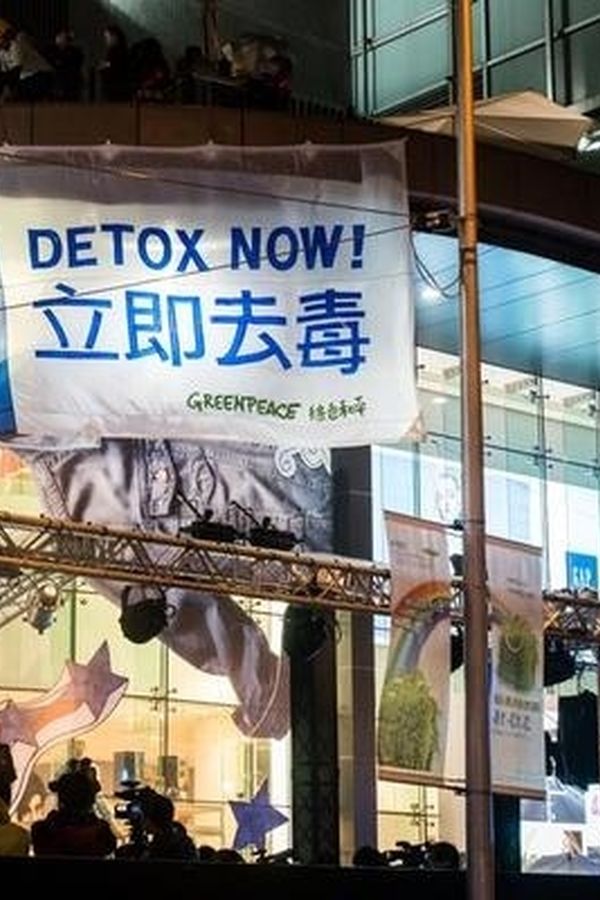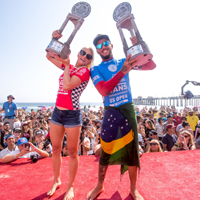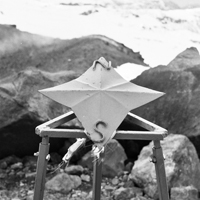
Over the past three years, hundreds of thousands of activists, fashionistas, bloggers and consumers have come together to call for fashion without pollution. From record-breaking strip teases to social media storms, people power brought about Detox commitments from 18 major fashion companies.
Greenpeace’s Detox Catwalk now reveals who is delivering on their commitments, and who is holding us back with nothing more than ineffective paper commitments and greenwashed promises.
The Detox Catwalk shows which companies are leading a transparency revolution across their supply chains, which have gone above and beyond to eliminate hazardous chemicals from their clothes and which companies are trying to get away with doing the bare minimum.
The Detox Leaders are those fashion brands that are committed companies leading the industry towards a toxic-free future with credible timelines, concrete actions and on-the-ground implementation. They include Adidas, Benetton, Burberry, C&A, Esprit, G-Star, H&M, Inditex, Levi’s, Limited Brands, Mango, Marcs & Spencers, Puma, Fast Retailing, Valentino.
The Greenwashers are the companies that are so far failing to walk the talk and take individual corporate responsibility for their hazardous chemical pollution. They include Nike and Lining.
The Detox Losers are those who are uncommitted toxic addicts that refuse to take responsibility for their toxic trail and have yet to make a credible, individual Detox commitment. They include Giorgio Armani, Bestseller Group, Diesel, D&G, Gap, Hermès, LVMH, Metersbonwe, PVH, Vancl and Versace.
To be clear, the Detox Catwalk only focuses on the fashion apparel brands that have committed to Detox. Greenpeace will continue assessing all the Detox committed companies, including those in other sectors, in the future.
According to Yixiu Wu, Detox Campaigner at Greenpeace East Asia, “The fashion companies that have committed to detox over the past four years of campaigning represent approximately 10% of the global apparel and footwear market. We believe this momentum is creating a new standard in sustainable fashion: opening up secretive supply chains and finally showing that beautiful clothes can be made without pollution.”
There are other movements underway as well, including Fashion Positive that supports brands on their path to sustainability with the tools and knowledge to figure out best practices in their supply chain, sourcing, and distribution.
Concern about fashion and sustainability continues to rise, as we illustrate in our Youth Culture and Sustainability Reports over the past several years. The awareness and spending patterns of young people, ages 13-25-years-old, reflect a new type of spending pattern and demand for transparency and authenticity.
For more information about which brands young people name as the most sustainable and the least sustainable, contact us at info@labelnetworks.com.


